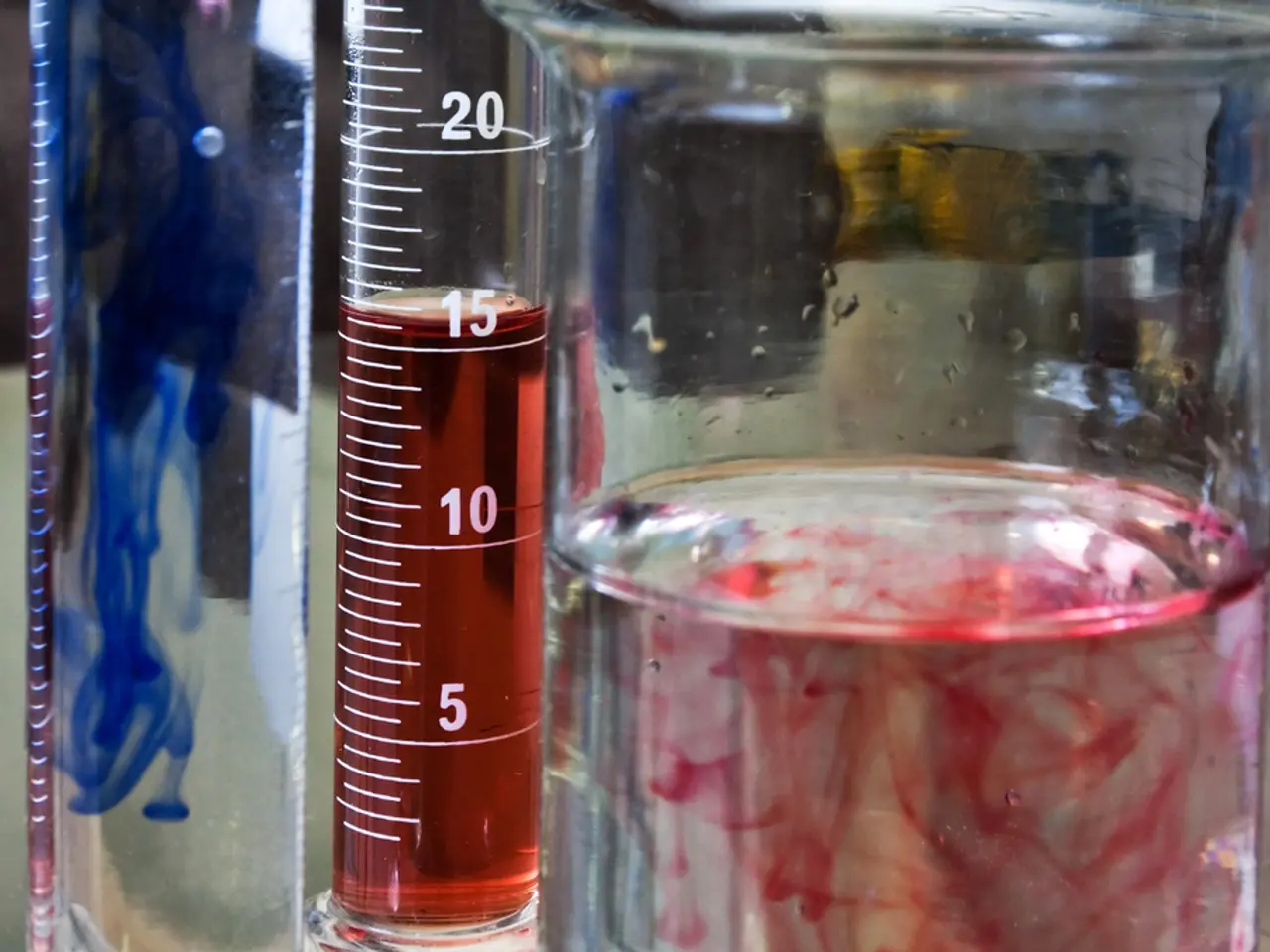Experiment on Water Purification Innovation
A homemade water filter, crafted from everyday items like plastic bottles, coffee filters, and cotton balls, offers an engaging and educational opportunity for students to explore the principles of filtration and water purification. Here's how it works:
The plastic bottle serves as the structural foundation for the filter assembly. Cotton balls form the first layer, acting as a coarse filter that traps larger debris such as leaves, dirt, and sediment. Coffee filters provide a finer filtering layer beneath the cotton, effectively catching smaller particulate matter that passes through the cotton.
When water is poured into the top, it trickles through these layers by gravity. The cotton balls and coffee filters physically block particles, resulting in clearer water coming out of the bottom of the bottle. However, this filtration mainly removes visible impurities and does not eliminate harmful bacteria, viruses, or chemical contaminants. Additional disinfection, such as boiling or chemical treatment, would be needed to make the water safe to drink.
This DIY water filter project is suitable for students in grades 3-6 and can be used as a science fair project. It allows experimentation with different filter materials, layer arrangements, and water samples. Students can test and compare filtration effectiveness, explain why each material is chosen, and discuss real-world applications of water filtration technologies.
To enhance the project, students can identify variables, such as the type of filtration material and the cleanliness of the filtered water. They can also set a timer to see how long the water filter takes to filter all of the water. Additionally, students can collect data, present their findings, and identify challenges for further improvement, such as redesigning the filter to make it more effective.
This project not only demonstrates fundamental principles of filtration and water purification but also explores ecology and physical science (separating mixtures and properties of materials). Recommended supplies include a plastic bottle, scissors or knife, coffee filters, rubber band, cotton balls, rice (or alternative materials), dirt and debris, tap water, a clear jar or cup, paper towels, food coloring, activated charcoal, and aquarium gravel.
In summary, this DIY water filter project is an accessible, educational STEM project that provides visual and measurable results to showcase the science behind clean water. It's a fun and engaging way for students to learn about water filtration and water purification, while also developing their scientific skills and critical thinking abilities.
- engineering principles can be explored through hands-on projects like the homemade water filter, enhancing kids' fun and learning experience
- The project incorporates printables such as instructional guides and data collection sheets for a more organized and streamlined learning process
- This DIY water filter is not only engaging but also teaches kids the STEM concepts of filtration, separation of mixtures, and properties of materials
- Students can apply their learnings on art and craft, by creatively designing and decorating their DIY water filters
- Hands-on activities like creating a water filter fosters a play-based environment that promotes learning through experimentation
- Educational and self-development can be achieved by setting goals and pursuing lifelong learning, as exemplified by the DIY water filter project
- Mindfulness and productivity skills can be cultivated with goal-setting strategies, as students work on researching and creating their own water filters
- Career development opportunities can arise from acquiring technical skills and participating in educational projects like the DIY water filter, which showcases a student's competence and dedication to the field
- With the increasing importance of online education, the DIY water filter project provides a practical example of learning that can be done at home, emphasizing job-search resources and skills training
- This hands-on project is aimed at kids in grades 3-6, but can be adapted for different age groups to accommodate various levels of understanding and abilities
- In addition to scientific principles, the DIY water filter project addresses environmental-science, teaching kids the importance of ensuring access to clean water for all
- Students can showcase their understanding and appreciation for education and self-development by conducting presentations and sharing their findings on the DIY water filter project
- The DIY water filter project serves as a stepping stone for students to engage in further exploration of water purification techniques and global water challenges, as part of their ongoing journey towards personal-growth and lifelong learning.




